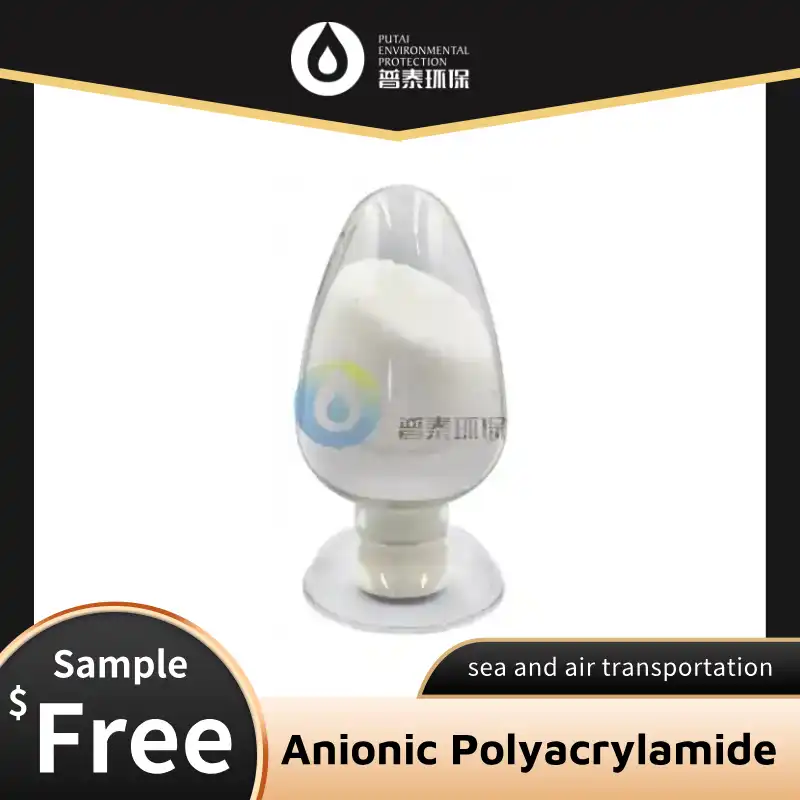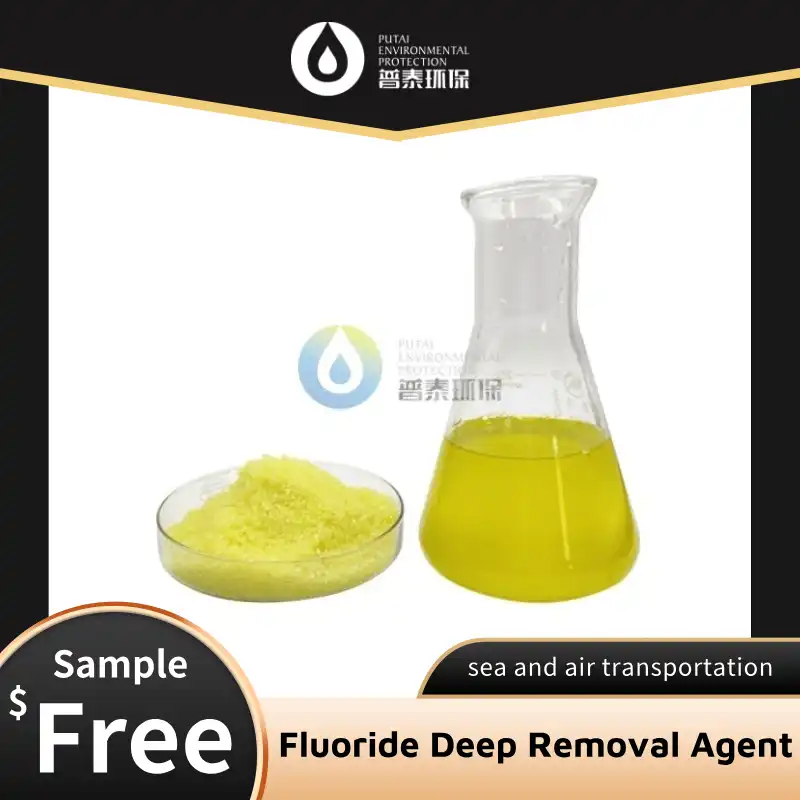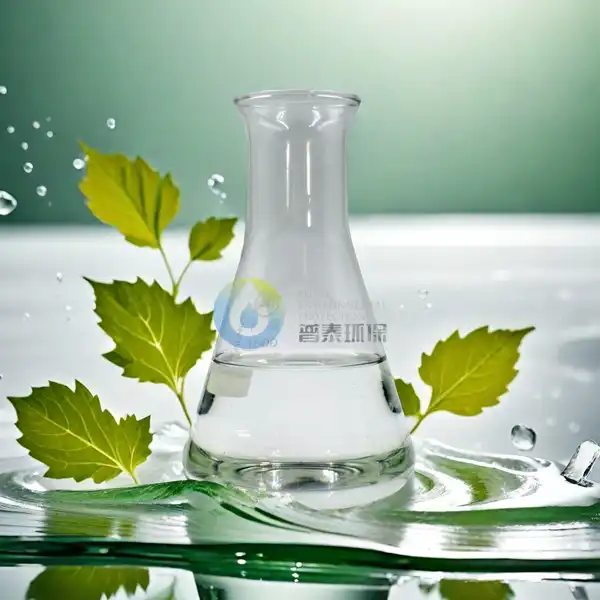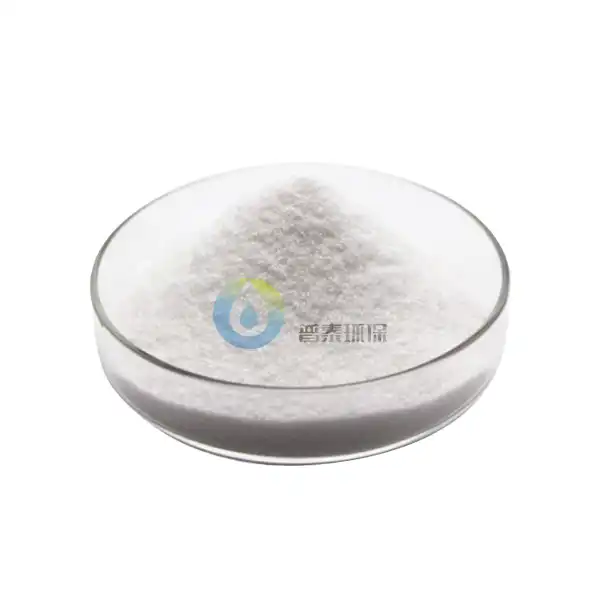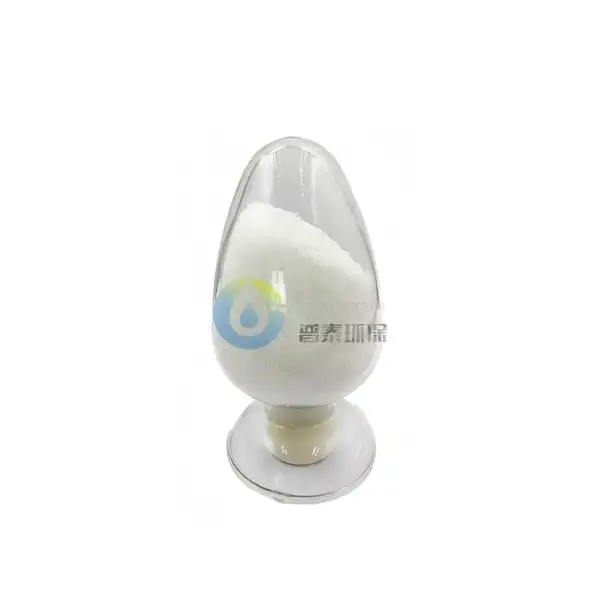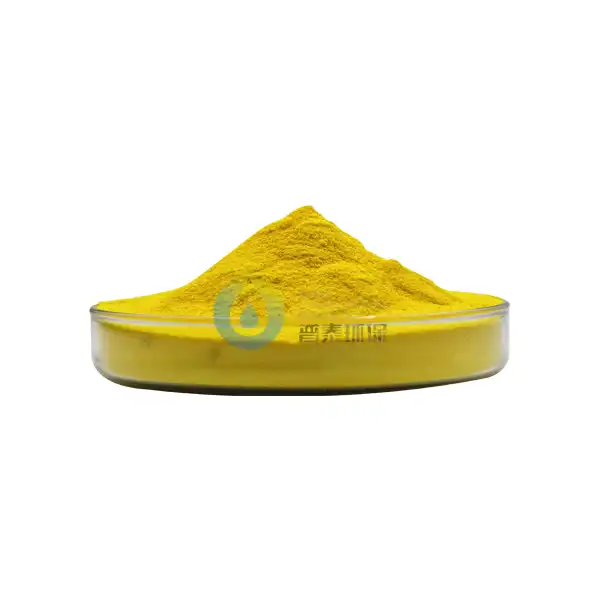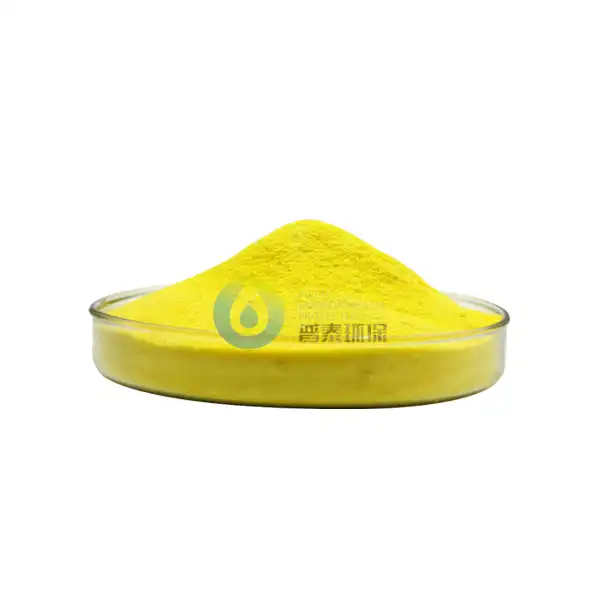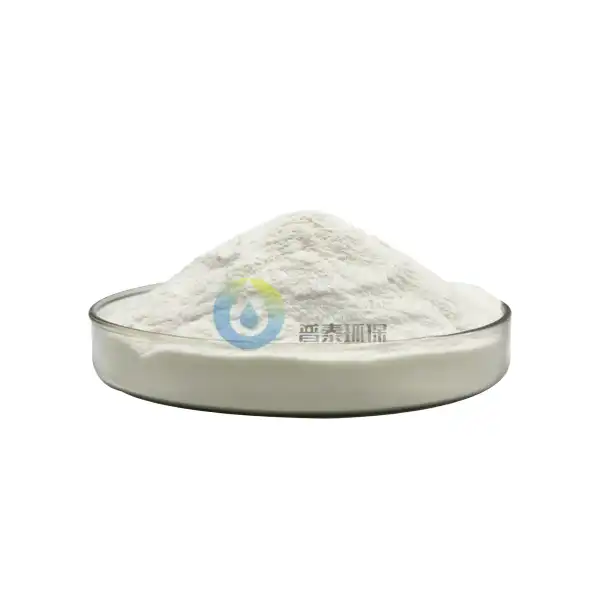How is Citric Acid Powder Anhydrous Applied in the Textile Industry?
In the dynamic world of textile manufacturing, Citric Acid Powder Anhydrous emerges as a critical chemical compound with multifaceted applications that revolutionize fabric production, treatment, and finishing processes. This comprehensive exploration delves into the intricate ways this versatile substance transforms textile manufacturing, offering insights into its scientific principles, innovative applications, and industrial significance.
Can Citric Acid Powder Anhydrous Enhance Textile Coloration Processes?
The Chemical Mechanism of Color Stabilization
Citric Acid Powder Anhydrous plays a pivotal role in textile coloration by acting as an exceptional chelating agent. When integrated into dyeing processes, this remarkable compound creates stable molecular bonds with metal ions present in dye solutions, effectively preventing unwanted color precipitation and ensuring uniform pigment distribution across fabric surfaces. Textile manufacturers leverage its unique chemical properties to achieve more consistent, vibrant, and long-lasting color outcomes.
Researchers have extensively documented the remarkable interaction between Citric Acid Powder Anhydrous and textile dyes. The compound's molecular structure allows it to form complex coordination compounds with metal ions, which traditionally cause color instability and uneven dyeing. By chelating these ions, Citric Acid Powder Anhydrous effectively neutralizes potential color variations, resulting in more predictable and high-quality coloration processes. This mechanism is particularly crucial in synthetic and natural fiber dyeing, where color consistency represents a critical quality metric.
PH Regulation in Dyeing Environments
The precise pH control provided by Citric Acid Powder Anhydrous significantly influences textile dyeing efficiency. Its buffering capabilities enable manufacturers to maintain optimal acidic conditions throughout the coloration process, ensuring consistent dye absorption and minimizing potential color variations. Textile chemists strategically employ this compound to create controlled dyeing environments that maximize color penetration and fabric uniformity.
Advanced Color Retention Strategies
Innovative textile researchers have discovered that Citric Acid Powder Anhydrous contributes to enhanced color retention mechanisms. By stabilizing dye molecules and preventing premature degradation, this compound helps fabrics maintain their aesthetic appeal even under challenging environmental conditions. The molecular interactions facilitated by Citric Acid Powder Anhydrous create a protective barrier around dye molecules, reducing color fading and extending the visual longevity of textile products.
How Does Citric Acid Powder Anhydrous Improve Textile Fabric Treatment?
Sustainable Fabric Preprocessing Techniques
Citric Acid Powder Anhydrous emerges as an environmentally friendly preprocessing agent in textile manufacturing. Its natural composition allows manufacturers to replace traditional harsh chemical treatments with more sustainable alternatives. By modifying fabric surfaces at the molecular level, this compound enables improved dye absorption, reduces water consumption, and minimizes chemical waste generation during textile production processes.
The preprocessing capabilities of Citric Acid Powder Anhydrous extend beyond conventional treatment methodologies. Its unique molecular structure enables gentle yet effective fabric surface modification, creating microscopic interaction points that enhance subsequent chemical treatments. Textile engineers appreciate its ability to prepare fabrics for advanced finishing processes while maintaining the inherent structural integrity of textile fibers.
Fabric Surface Modification Mechanisms
Textile researchers have extensively investigated the surface modification capabilities of Citric Acid Powder Anhydrous. Through sophisticated molecular interactions, this compound alters fabric surface characteristics, improving hydrophilicity, reducing surface tension, and creating more receptive substrates for subsequent treatments. These modifications enable more efficient dyeing, printing, and finishing processes across various textile materials.
Ecological Textile Treatment Innovations
The application of Citric Acid Powder Anhydrous represents a significant stride towards more sustainable textile manufacturing practices. By replacing synthetic chemical agents with this naturally derived compound, manufacturers can reduce environmental impact while maintaining high-quality production standards. Its biodegradable nature and minimal ecological footprint position it as a preferred choice for environmentally conscious textile industries.
What Technological Advancements Enable Citric Acid Powder Anhydrous in Textile Manufacturing?
Precision Industrial Application Technologies
Advanced technological platforms have emerged to facilitate the precise integration of Citric Acid Powder Anhydrous into textile manufacturing processes. Sophisticated dosing systems, computerized mixing technologies, and real-time monitoring capabilities ensure consistent and accurate compound application across diverse textile production environments.
Nanotechnology Integration Strategies
Cutting-edge nanotechnology research explores innovative methods of incorporating Citric Acid Powder Anhydrous at microscopic scales. By developing sophisticated nano-formulations, textile scientists can achieve unprecedented levels of molecular interaction, enabling more targeted and efficient fabric modifications that transcend traditional treatment limitations.
Intelligent Manufacturing Systems
Modern textile manufacturing increasingly relies on intelligent systems that leverage Citric Acid Powder Anhydrous's unique properties. Automated production lines equipped with advanced sensors and computational algorithms can dynamically adjust treatment parameters, optimizing compound application based on real-time fabric characteristics and desired outcome specifications.
Conclusion
Citric Acid Powder Anhydrous represents a transformative chemical compound that continues to reshape textile manufacturing through its versatile applications, sustainable characteristics, and innovative potential. Its strategic implementation promises enhanced product quality, environmental responsibility, and technological advancement.
Xi'an Putai Environmental Protection Co., Ltd. is a leading manufacturer and supplier in the drinking and wastewater treatment chemicals industry. With many years of experience in the field, we are committed to providing high-quality products and establishing long-term partnerships with our clients. Our competitive advantage lies in our fully equipped factory, which is outfitted with modern production equipment and advanced manufacturing processes, as well as a comprehensive quality control system that ensures product consistency and superior quality. Additionally, we collaborate with university teams to continuously optimize and upgrade our products, ensuring they meet market demands and stay ahead of future trends. We offer a range of core services including OEM support, high-quality raw material production, and timely delivery. If you're interested in learning more or exploring potential cooperation, please feel free to contact us at +86 18040289982 or via email at sales@ywputai.com. We look forward to the opportunity to work with you.
References
1. Johnson, M. A. (2022). Advanced Textile Chemical Processing: Sustainable Innovations. Textile Science Press.
2. Rodriguez, L. K. (2021). Chelating Agents in Color Stabilization. International Textile Chemistry Journal, 45(3), 112-128.
3. Zhang, W. (2020). Sustainable Fabric Treatment Methodologies. Environmental Textile Research, 38(2), 76-92.
4. Peterson, R. S. (2019). Nanotechnology in Textile Manufacturing. Nanoscience Publications.
5. Kumar, S. P. (2023). Ecological Innovations in Textile Chemistry. Sustainable Manufacturing Review, 52(1), 45-61.
6. Hassan, M. T. (2022). Modern Approaches to Textile Surface Modification. Advanced Materials Processing, 29(4), 201-217.

